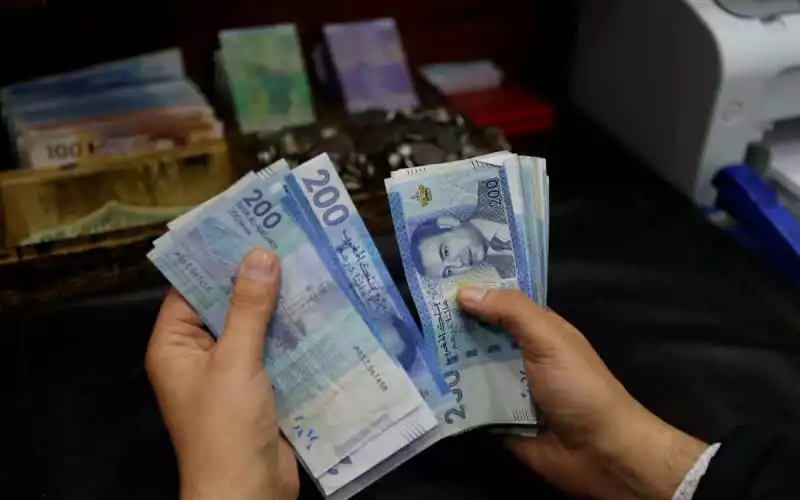Morocco ready for dirham flexibility

Bank Al-Maghrib (BAM) is well positioned to initiate the transition to a floating dirham. This is what the recent report by Capital Economics, an independent economic research firm based in London, affirms.
Macroeconomic stability, solid IMF support, and increasingly low inflation levels are the three foundations on which to defend the expected transition to a floating dirham, which will be a key step in Morocco’s economic development, assures Capital Economics.
Since obtaining a Precautionary and Liquidity Line (PLL) of $3 billion from the International Monetary Fund (IMF) in 2014, "Morocco’s macroeconomic stability has improved significantly during this period," says James Swanston, economist for the Middle East and North Africa at Capital Economics. In the third quarter of last year, the current account deficit narrowed to 0.7% of GDP, the lowest deficit since 2007, it is specified. Another remarkable advance: the increase in foreign exchange reserves to $34.3 billion at Bank Al Maghrib, a figure very close to the record of $35 billion in 2020.
Morocco currently benefits from two agreements totaling $6.3 billion, with strong support from the IMF itself. This support should largely pave the way, given that this is one of the IMF’s major objectives in 2014. As for inflation, notable advances are reassuring. The slowdown in inflation fell in January to 2.3% year-on-year, the lowest rate since the end of 2021.
Moreover, the transition to a floating dirham requires the implementation of a series of measures, including the widening of the dirham’s fluctuation margin.
Related Articles
-

Moroccan Authorities Probe Suspicious Financial Transfers to African Countries
5 September 2025
-

Ryanair Expands Cabin Baggage Allowance: 33% More Space for Passengers, Including Morocco Flights
5 September 2025
-

Morocco Leaps into 5G Era: Nationwide Rollout Set to Transform Cities and Industry
5 September 2025
-

Air Corsica Launches Mediterranean Winter Escapes: Direct Flights to Morocco from €339
4 September 2025
-

French Renewable Energy Investment in Moroccan Sahara Sparks Polisario Backlash
3 September 2025